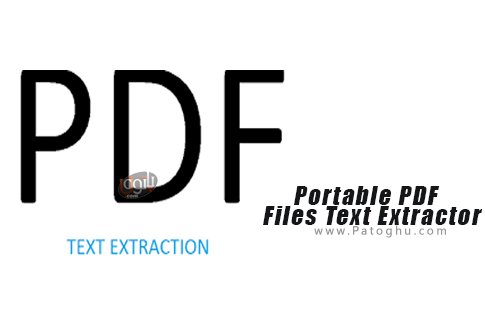

| This is a story | my life got flipped | Note that we’re not talking about extracting text from images/ OCR if you need to take an image-based PDF and add a selectable text layer to it, I recommend OCRmyPDF.John Popper photo by Gage Skidmore, CC BY-SA 3.0 If you ever need to extract text from a PDF, Poppler is a good choice. Additionally, the library seems to support a lot more advanced functionality. The results are really good, and Poppler understands complex page layouts to an impressive degree. Then, in your Gemfile: gem "poppler" Use it in your applicationĮxtracting text from a PDF document is super straightforward: document = Poppler::Document.new(path_to_pdf)ĭocument.map. In a (Debian-based) Dockerfile: RUN apt-get update & \Īpt-get install -y libgirepository1.0-dev libpoppler-glib-dev & \ On top of that, PDF Candy lets you easily extract text and images. On (Debian-based) Linux: apt-get install libgirepository1.0-dev libpoppler-glib-dev TechRadar Pro tests the best free PDF editors for Windows, Mac, online, and free PDF editor apps for Android, iOS, and iPad. Poppler installs as a standalone library.

#Best pdf text extractor how to
This worked great and here’s how to do it. Our first attempt involved the pdf-reader gem, which worked admirably with the caveat that it had a little bit of trouble with multi-column / art-directed layouts 2, which was a lot of the content we were dealing with.Ī bit of research uncovered Poppler, “a free software utility library for rendering Portable Document Format (PDF) documents,” which includes text extraction functionality and has a corresponding Ruby library. The trick was to figure out how to programmatically extract that content.

Fortunately, the example PDFs they provided us had embedded text content 1, i.e. the text was selectable. Pretty straightforward stuff, with the hiccup that they wanted the magazine content to be searchable. A recent client request had us adding an archive of magazine issues dating back to the 1980s.


 0 kommentar(er)
0 kommentar(er)
